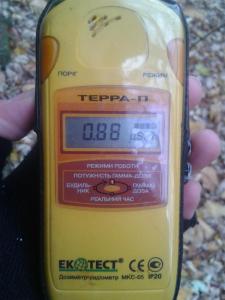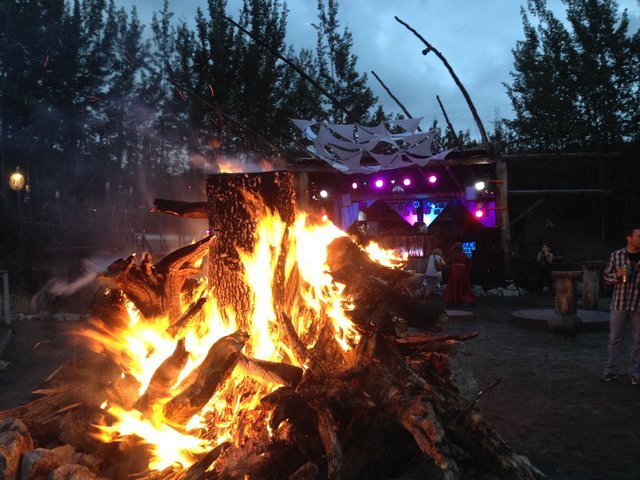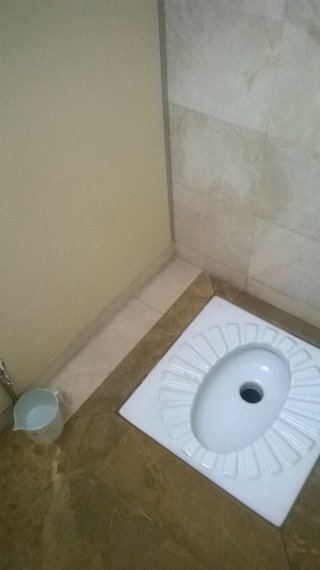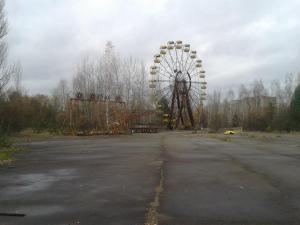
Debatable that this is one of the scariest events for European history; however, the Chernobyl nuclear disaster is really understated in its past and future implications on the impact it has had to Europe.
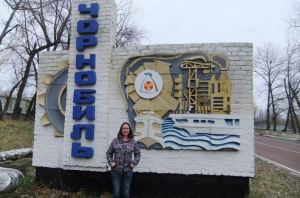
On 8 November 2011 me and my new American travel buddy got on board a bus in Kiev, Ukraine. The bus was part full of a few other Americans and us. We all have our usual travel story conversation as the bus heads off towards the Chernobyl area. We all question why we are doing this and what to expect in anticipation. This is after all “Extreme Tourism”* – or so it has been called in the past.
Like most people we had a vague idea about Chernobyl from that brief moment in High School history class and considering we were all from far off countries to the actual site, we found it really interesting to find out the a larger view on what happened and the current situation of the Chernobyl stop gaps.
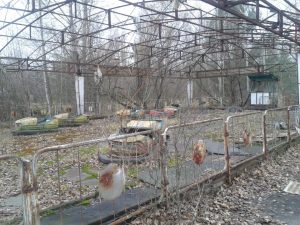
We arrive at the checkpoints, where we hand over our passports. Always extremely unnerving in any situation to hand over your passports while still sitting in a bus. The check point is 30km away from the exclusion zone (the exclusion zone is where you can enter but only for short periods of time due to the radiation levels; which we find out that staff who work at Chernobyl are carefully scheduled to reduce their time in the zone). We all sit there, for what seems like forever, and you know those little thoughts creeping in saying “they are totally going to lock you up” are unsubstantiated.
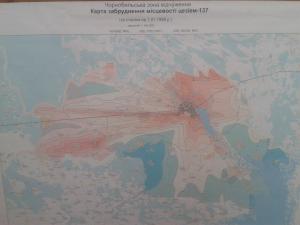
We get through the passport/security checkpoint and continue our drive. We first go inside the museum where you can watch a pretty informative video that gives you are great introduction on what you are going to see and what happened and what is going to be happening.

After the video, we head off to a number of different spots delegated for the tourist trip. Including the sign for the town Chernobyl and Pripyat, various abandoned parts of the towns, including schools, gymnasiums, homes, the theme park that was hauntingly supposed to open but never did. There weren’t many of us and you were given a lot of freedom to walk around. There’s no glass or bars or anything to preserve this site for the long term and if you wonder off you start getting an incredible feeling that some kind of zombie will come to consume you…but that didn’t happen – obviously.
We visited all these places taking loads of photographs as you expect of us tourists. The hard part was deciding should we smile or not? Instinctively you automatically smile; but you are literally at a disaster zone. Where people abandoned their homes, people died, and overall created a ghost town. It’s not exactly appropriate is it? So you can see in the photos, the staunch look on my face.
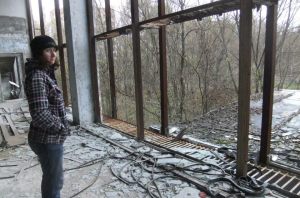
The other Americans on our bus had hired the radiation level reader, which was interesting to see how much it was picking up. At one point the tour guide took us to a spot and it went ridiculously high…hmmm, if I have radioactive children, I will now know why!
Overall the whole thing was extremely eerie, overgrown shrubs everywhere, things literally still in the place as they were the day they were abandoned.
We then had lunch, which was quite tasty and specially brought in for tourists, as there is nothing in the area. And then we headed off to discover more information and parts of Chernobyl and what impact it is having today.
The next part of the tour is to go see Reactor no. 4, the actual reactor that caused the disaster. They describe the amounts of money and number of people it took to contain the spread. The numbers that died straight away, the numbers that died slowly and the impact on the next generations. They described that the “sarcophagus” it is encassed in was a temporary measure put in place and is needed to be replaced within 30 years….that year is 2016! The amount of money it costs and who is responsible for paying for this is a constant battle. The scary thing is, if it wasn’t for the people containing the disaster, a lot more geographical area would be wasteland in Europe….which is mind-boggling to think that the landscape of Europe could be very different to what it is today…and how close it was to actually happening.

This will give you chills to your bones going here and a hope that people have learnt from history to ensure this doesn’t happen again.
Information:
Booked through Solo East tours in Kiev
www.tourkiev.com
+38 (044) 279-35-05
[email protected]
* Extreme Tourism definition: (also often referred to as shocktourism, although both concepts do not appear strictly similar) is a niche in the tourism industry involving travel to dangerous places (mountains, jungles, deserts, caves, canyons, etc.) or participation in dangerous events.
